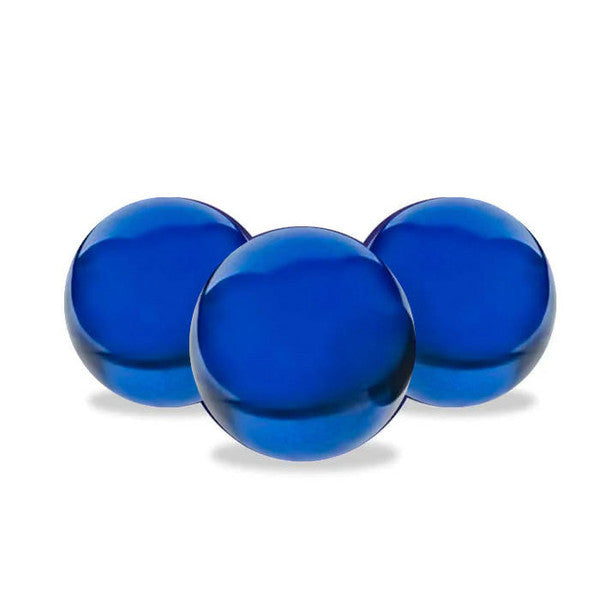Lab Grown Sapphire Terp Pearls
10 Pack
Why Sapphire Not Glass?
Sapphires, like rubies, are also corundum (Al₂O₃), so their heat tolerance is fundamentally the same as rubies. The melting point of corundum is 2,040°C (3,704°F), regardless of whether it’s a ruby (red) or a sapphire (typically blue, but can be other colors). The color difference comes from trace impurities—chromium for rubies, iron and titanium for blue sapphires—but these don’t significantly alter the material’s thermal properties.
Here’s how sapphires handle heat:
High temperatures: Sapphires can endure up to 1,000–1,200°C (1,832–2,192°F) for short periods without melting or breaking down. Beyond that, prolonged exposure might risk structural damage or color changes, especially if impurities react to the heat.
Thermal shock: Like rubies, sapphires can crack from rapid temperature swings. Natural sapphires with inclusions are more vulnerable than lab-grown ones, which are typically more uniform.
Lab sapphires, being purer, might even edge out natural ones in consistency under heat stress.
-
Size-
-
Color-
Payment & Security
Payment methods
Your payment information is processed securely. We do not store credit card details nor have access to your credit card information.





